How to achieve wealth and health with one Balkan rite
March 1 in Bulgaria is a holiday - they meet spring. The holiday is called Baba Marta. This is a mythical character of Bulgarian folklore, in which the months of January, February and March are personified.
January and February are brothers with a fierce character, and Martha is their sister, in some sources his wife. She is a woman and therefore has a changeable character, then kind and cheerful, then suddenly angry. This explains the unstable weather in March - the Bulgarians have a female month.
There is a legend, according to which one old cowgirl led her flock of goats to the mountains in the last days of March, counting on good weather, but Baba Marta did not like it, and she borrowed several frosty days from her brother February. These days here are called "borrowers" - busy days (in February). This blizzard froze the shepherd and herd in the mountains, they turned into stones, from which medicinal water flowed. In order to appease Baba Marta, people have adopted various rituals, which are held on March 1, March 9 and 25th. All these ceremonies are devoted to the meeting of spring.
Martenitsa
The most common holiday in the whole country for the meeting of spring is March 1st. On this day, it is customary to give each other martenitsa: jewelery from intertwined red-white threads. In different regions, these decorations have different names: * martenitsa, martinka, marta, martichka * and so on.
The tradition of martenice is not only Bulgarian - they are in Macedonia, Albania, Greece, Romania and Moldova.
Martenitsa in Bulgaria are starting to be sold from mid-February, and this is not just just two stitched threads tied to the wrist, there are a lot of options for martenits: a gemstone, leather and even other colored threads, such as green, are added to the decoration. In the Melnik region, a blue thread is woven into the martenitsa, and in the Rhodopes they add green and yellow.
Of course, the martenitsa can be made by yourself, and then it will have even greater strength of the amulet for the one you tie it to. After all, this is the meaning of this decoration.
Classic martenitsa, twisted of red and white threads, symbolizes fertility / wealth / wealth / happiness / health and is a talisman against the evil eye. Red here means the feminine (blood and life), and white - the masculine (purity and happiness).
Martenitsa listed as UNESCO elements of the intangible cultural heritage of mankind.
Rite of passage
On March 1, before sunrise, the most adult woman in the family carefully removes the dwelling, hangs out the red thing (tablecloth, blanket or handkerchief), and then ties the wrists of children, girls and future brides with martenis for health and against the evil eye. After that, the young people will certainly have to go outside to greet Baba Marta. But an adult woman is better not to go out so as not to anger the wayward Baba Martha.
In some regions, snakes and lizards hibernating there are chased away from the yard that day.
Martenitsa are worn before the appearance of the first flowering fruit tree or the first migratory bird, most often the crane, that is, before the onset of this spring. And then they are removed and hanged on this tree or laid under the stone. In the latter case, they also guess - they return to this place after some time and look at what appeared under the stone and interpret it in a certain way. This type of fortune telling on the coffee grounds :-)
Most often martenichki hang on the trees and therefore in Bulgaria you can often find cherries or apples tied with red and white threads. In the cities they remove the wipers, and in the villages they hang until they rot. One such tree met us near the Rozhen Monastery when we were there in November 2017.
Martenitsa tied to pets. In Sofia you can often meet them on stray dogs.
According to tradition, when someone gives martenitsa to someone, they wish him well and happiness, so the more donations you have donated, the more happiness and wealth. People buy martenichkas in whole boxes (wholesale) and give away to everyone they know. This is especially loved by children and on the first of March they all come home from school with their hands up to their elbows in red threads :-)
Last year's martenitsa on my wrist
Pizho and Penda
A very common type of martenits is Pizho and Penda, two figures of a boy and a girl. According to one legend, Pizho and Penda are newlyweds in love, according to Thracian legends it is the god Mart and the goddess Belona, the patroness of the Thracian warriors. Say, in the spring of men went to war and the wives tied them with red and white threads as charms.
According to the third legend, these are twins - brother and sister.
Legend
There are several legends explaining the origin of the Bulgarian martenitsa, but the most common of them appeared in the 30s of the last century after the publication of the works of the Bulgarian culturologist Nikolai Rainov.
This legend is associated with Khan Asparuh - the founder of the Bulgarian state.
The bottom line is that the Khan’s sister Asparuh was captured by the Khazars. Another brother of Asparuh and Huba’s captive sister, Bayan, helped her escape, and when he tied a white thread to the pigeon’s leg to sign Asparuh with the help of a bird, he was wounded by enemies and the other end of the thread turned red from his blood.
But Asparuh had time to come to the rescue, took the thread from the hands of Bayan, tied the red and white ends and hung on his chest to each of his warriors, so that this blood connection would seal all Bulgarians forever. And this ornament was called martenitsa, because the events described occurred in March.
This is my summary. Otherwise, there is a mass of various details with which this legend has become overgrown in less than a hundred years and each tells it in its own way.
It was just that way or not, it is no longer very important. One thing is important - the red and white thread is a talisman used by many nations for more than one thousand years. Bulgarian scientists questioning the “Asparukh legend” proved this quite easily.
Scientific theory
The Bulgarian researchers of the Thracian culture believe that the First-March rite in the Bulgarian tradition has a magical character similar to the Paleo-Balkan spring ritual complex, performed in the earliest period before the harvest. At the same time, other researchers, speaking of tying red threads around the arm, draw parallels with the same Indo-Iranian and Aryan customs, recalling that the Proto-Bulgarians came to the Balkans from Central Asia. According to their version of the spread of such rites in the Balkans and North India went from Central Asia.
In Bulgaria, martenitsa are tied to a wedding banner or other object during a wedding, as well as in India, the researchers say, to protect the wedding from the evil eye and so that everything goes well. The “Cherchenskiy Man” is given as evidence - a mummy found in the Takla Makan desert, whose wrist was tied with colored threads. Estimated time of death of this person is 1000 years BC.
The Bulgarian ethnographer M. Karamikhova explains why in ancient times red threads were tied: in total is at risk that something happens to them. "
There is also a connection with Kabbalah in the ceremonial of knitting colored threads.
Congratulations
Wishes on Baba Marta:
Chestita baba Martha! Be cheerful, zamyana, rumen and byala!
Congratulations on Baba Martha! Be cheerful, smiling, blush and white!
Do not bother Kato Baba Marta Losh, do not give up and take off the studio, but cross it and use your feet!
Do not be bad, like Baba Marta, do not drive me away with cold and snow, but smile and warm my heart!
Get martenica and get with it
Get martenitsa, and with it, and health!
Yes, si is sober and strong; yes, si byal and cherven with myata martenitsa and si hilarious den!
Be healthy and strong, white and rosy with my martenitsa cheerful every day!
Baba in Bulgarian grandmother.
I told you everything, and you yourself guess what and how you should do)
All photos are personal to me.
Thank you for your time and attention.
Follow me for more content to come!
[//]:# (!steemitworldmap 42.683011 lat 23.309369 long d3scr)
With love from Bulgaria @varya-davydova
My telegram channel https://t.me/varyadavydovabg
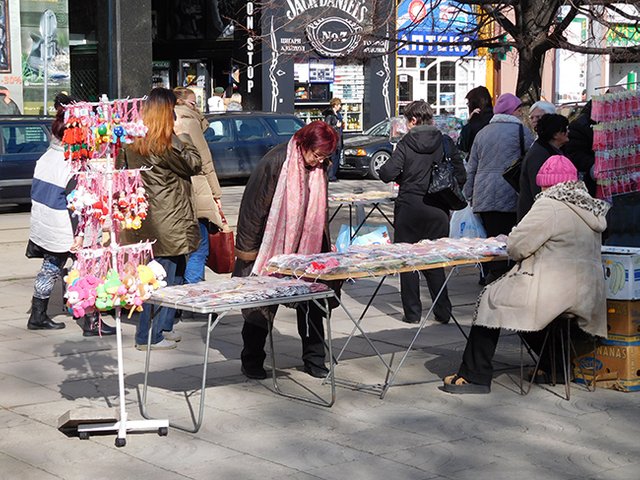
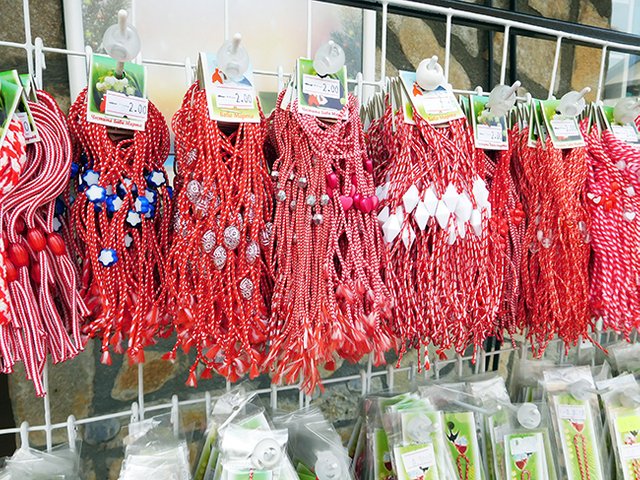
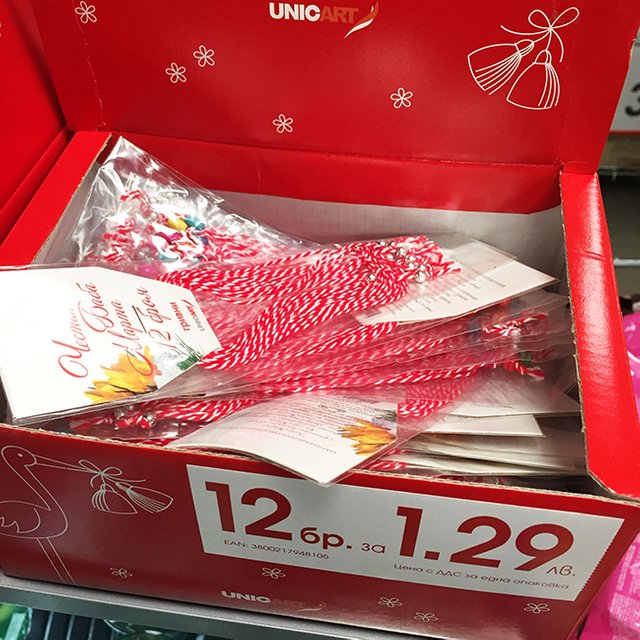

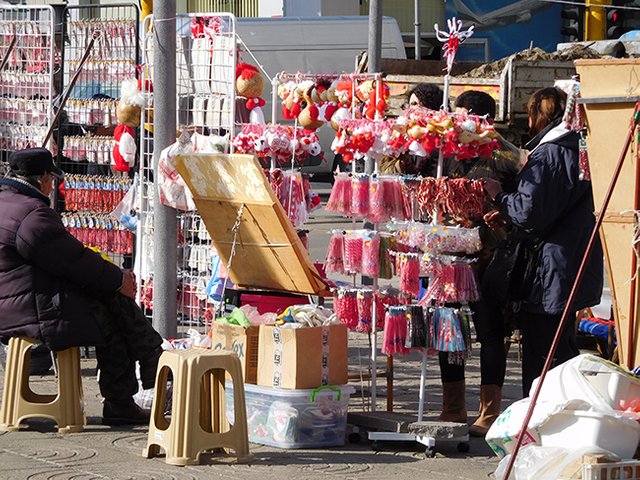
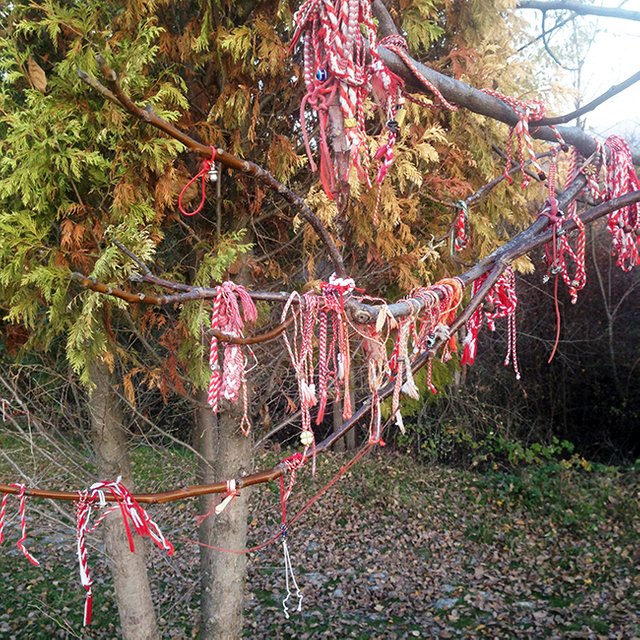
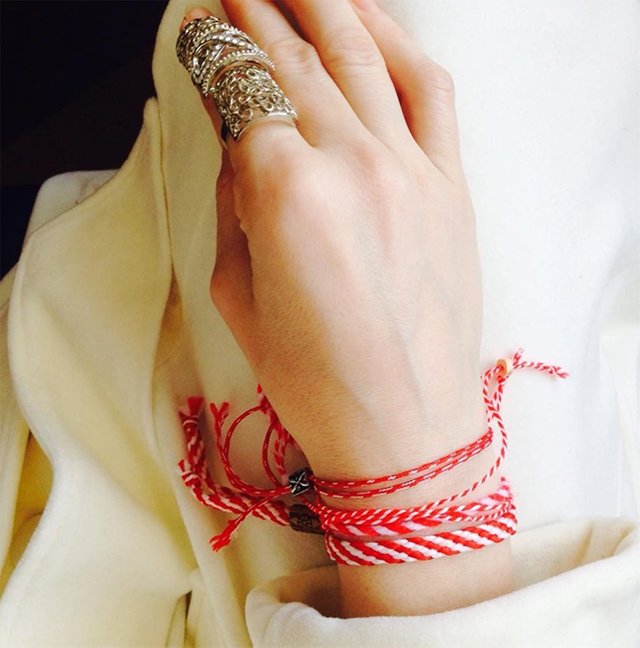
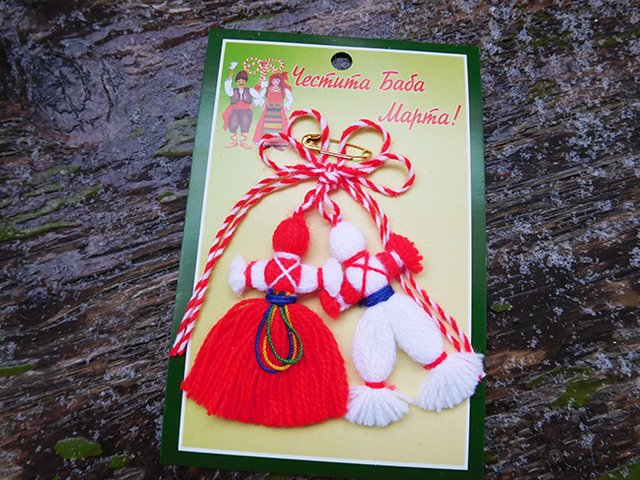
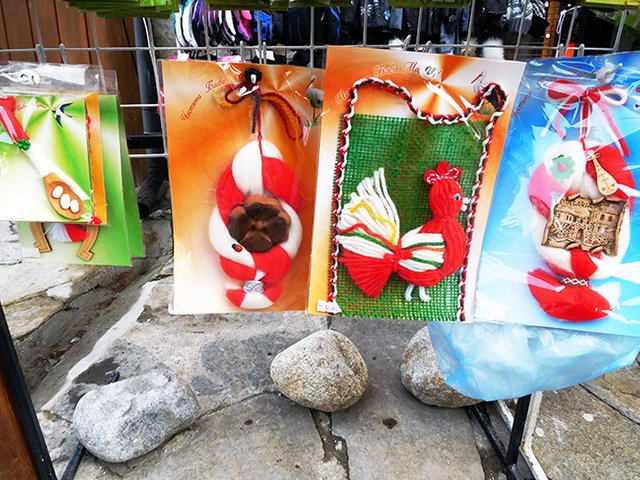
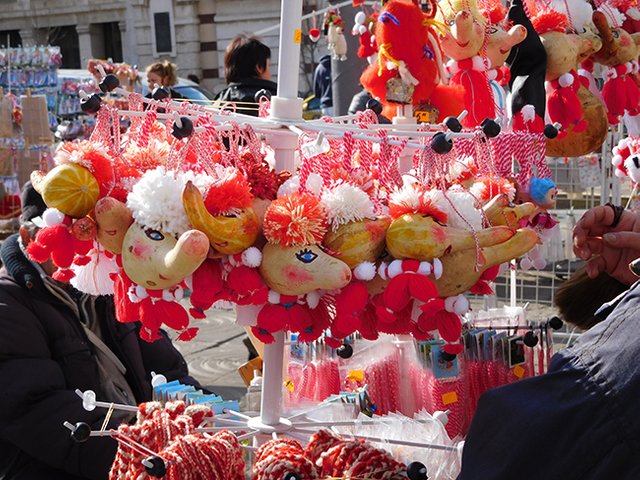
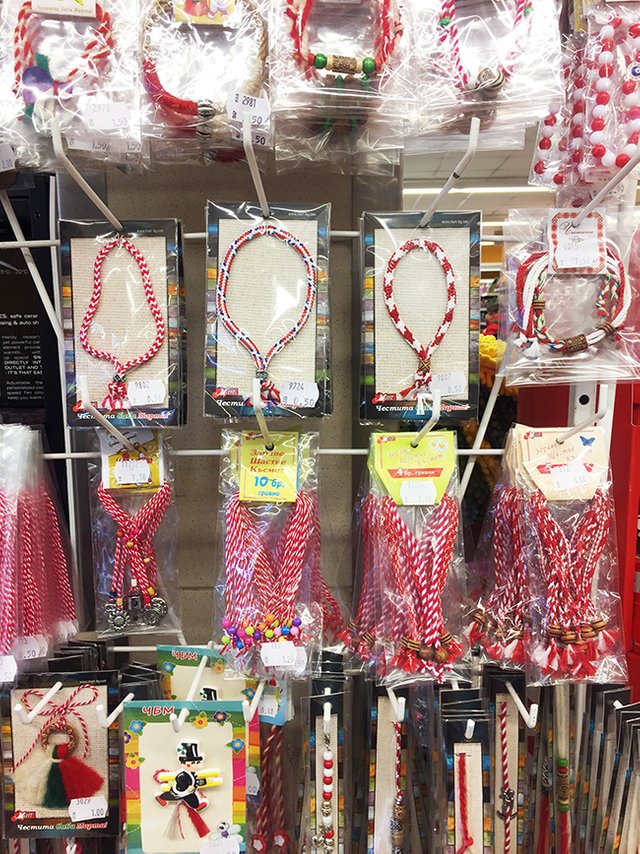
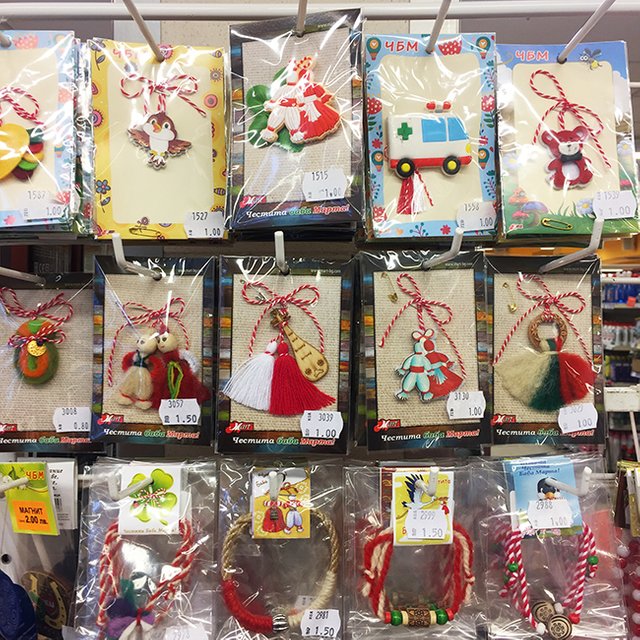
Congratulations, Your Post Has Been Added To The Steemit Worldmap!
Author link: http://steemitworldmap.com?author=varya-davydova
Post link: http://steemitworldmap.com?post=how-to-achieve-wealth-and-health-with-one-balkan-rite
Want to have your post on the map too?
Hiya, just swinging by to let you know that this post made the Honorable Mentions list in today's Travel Digest. If you enjoy steemit worldmap and the manual curation effort we're going through each day, please consider supporting what we do!
Congratulations @varya-davydova! You have completed the following achievement on the Steem blockchain and have been rewarded with new badge(s) :
Click here to view your Board
If you no longer want to receive notifications, reply to this comment with the word
STOPDo not miss the last post from @steemitboard:
Fantastic work on this article. Pizho and Penda are very interesting. I remember seeing those kind of dolls over 30 years ago around here but it looks like that tradition had been lost... 😑
Март - это хороший месяц!
ǝɹǝɥ sɐʍ ɹoʇɐɹnƆ pɐW ǝɥ┴